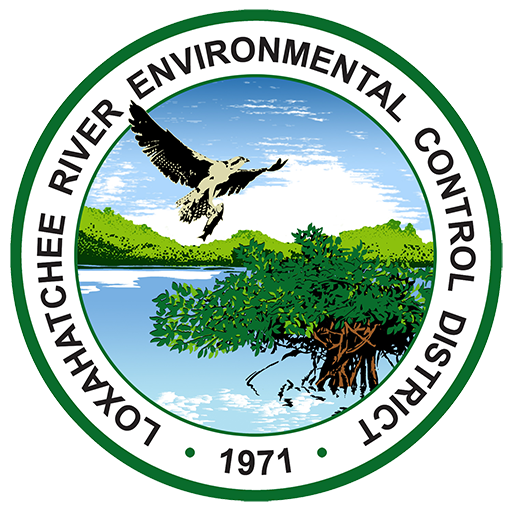A History of Innovation & Excellence
1971
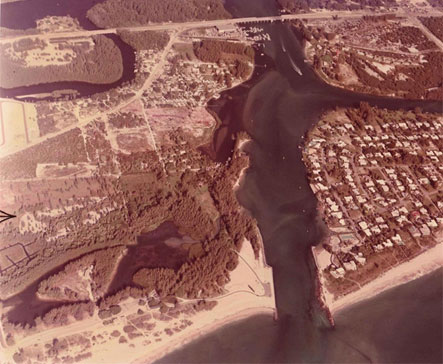
Jupiter Inlet as it looked in 1971. Also in 1971, at the request of concerned citizens and the Loxahatchee Council of Governments, the State Legislature created the Loxahatchee River Environmental Control District (LRD), charged with the mission to preserve and protect the Loxahatchee River.
1973
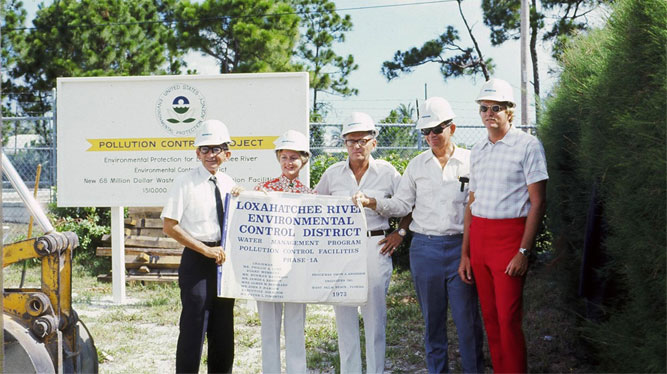
LRD Governing Board members (left to right: Bill Lund, Trudy Bernhard, Norm Badenhop, Jimmy Bassett, and John Harlow) at the ground breaking for the new regional wastewater treatment facility. The LRD Governing Board is composed of five members that reside within the LRD boundary. Board Members are publicly elected, and serve four year terms.
1974
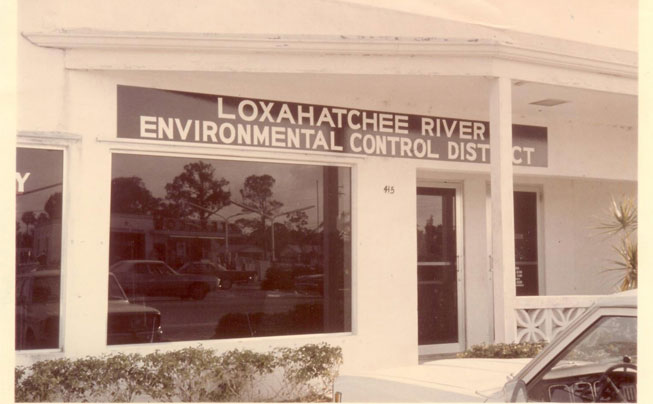
LRD’s initial staff operates out of a small store front on Indiantown Road just west of Loxahatchee Drive.
1975
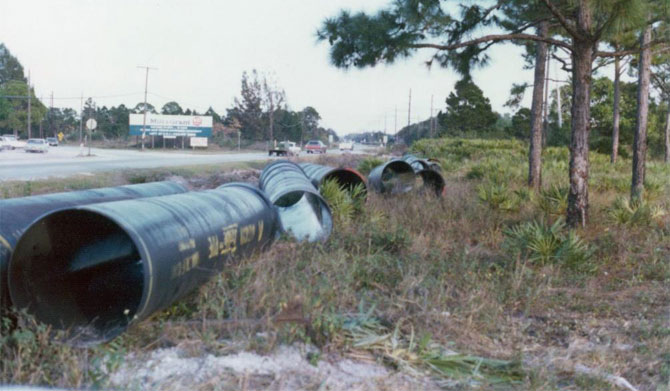
The LRD installs critical wastewater transmission infrastructure at the intersection of Indiantown Road and Center Street. Through regular repair and maintenance, these pipes continue to serve our customers.
1976
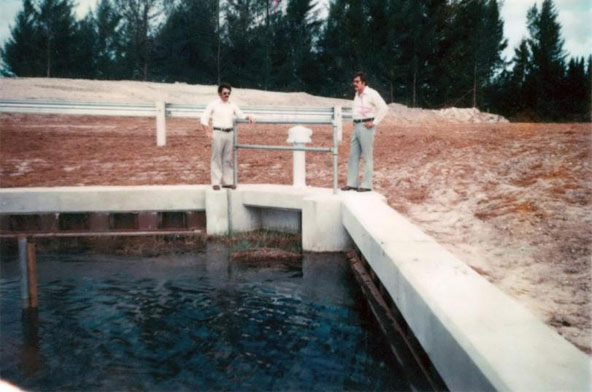
LRD staff (Pete Pimentel and Rick Dent) collaborates with SFWMD to deliver additional flows to the Northwest Fork of the Loxahatchee River through the newly constructed G-92 structure.
1977

Burt Reynolds and Sally Field star in Smokey and the Bandit, which featured classic scenes filmed in Jupiter. Also in 1977, the LRD’s regional wastewater treatment facility began operations with 1,000 customers.
1980
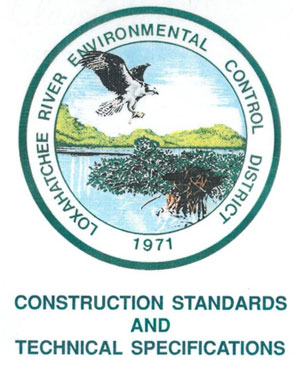
Under the guidance of the former Executive Director J. Roger Anderson, the LRD created an in-house Engineering Department. Construction Standards and Technical Specifications document was published to promote transparent and consistent communication with the public.
1981
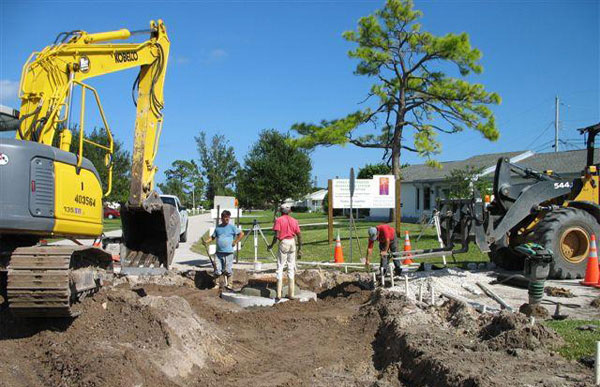
LRD’s neighborhood sewering program works proactively to convert homes from on-site septic systems to the regional sewer system. Elimination of septic systems reduces pollution from entering our groundwater and the Loxahatchee River.
1983
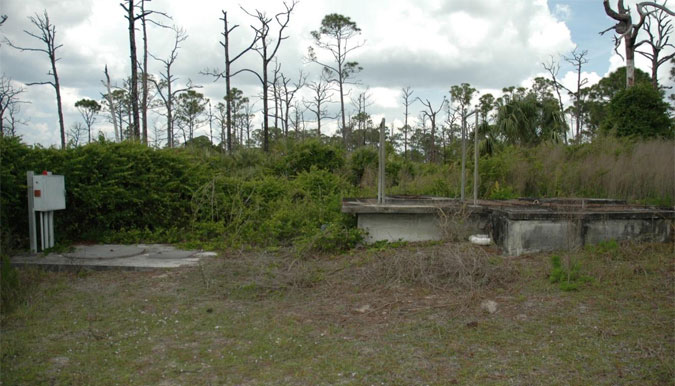
LRD decommissions several small, community-based wastewater treatment systems along the river, to prevent untreated wastewater discharges into the river.
1985
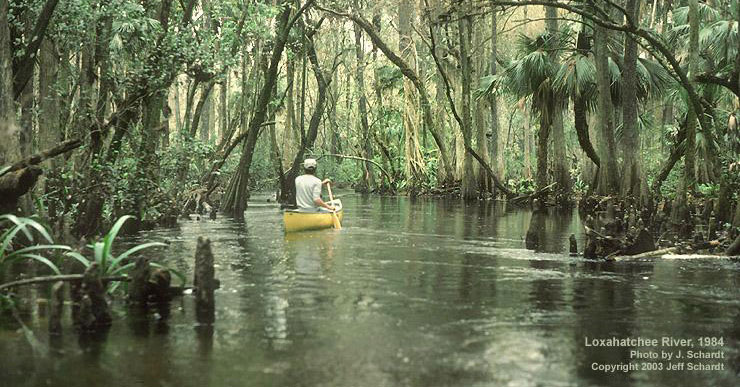
Through proactive community efforts, the US Department of the Interior designates the Northwest Fork of the Loxahatchee River Florida’s first National Wild & Scenic River.
1986
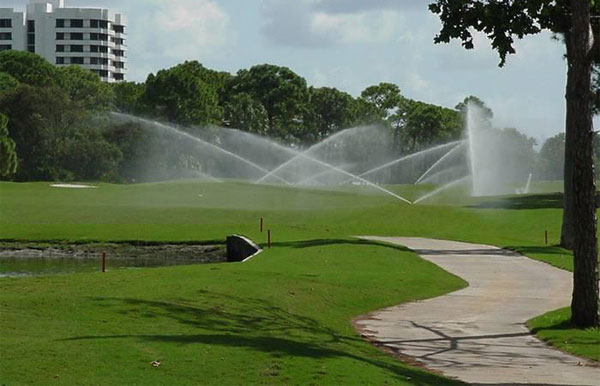
Treated wastewater discharges to the river are eliminated with the creation of an innovative wastewater recycling program. LRD’s Irrigation Quality (IQ) water is used to meet irrigation needs at local golf courses.
1989
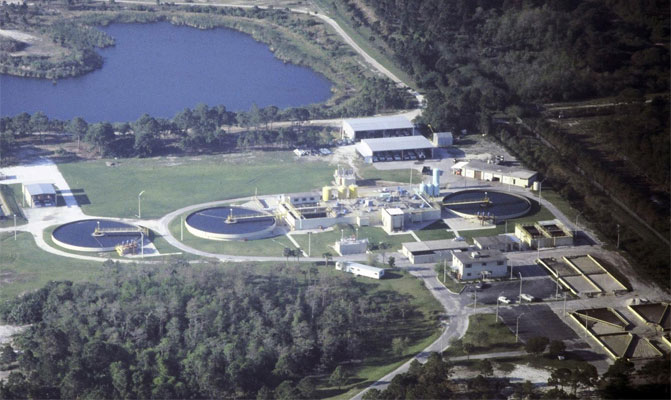
The regional wastewater treatment plant capacity is expanded from 4 million gallons a day to 8 million gallons a day.
1990
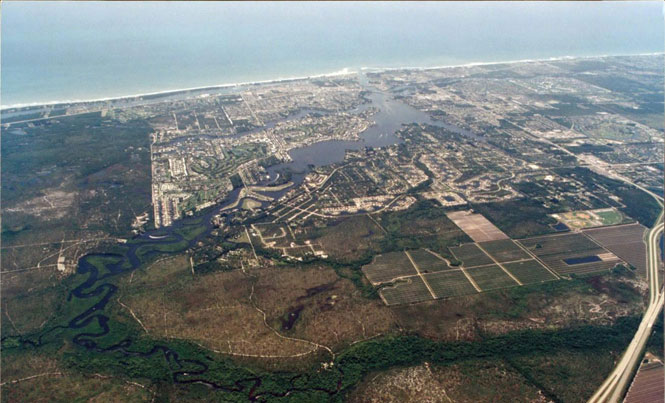
LRD reaches 15,000 customers.
1990
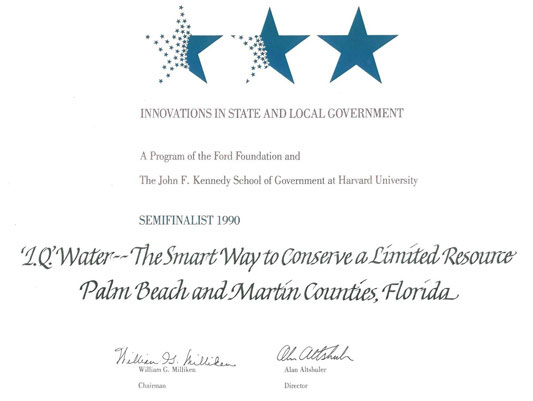
LRD is recognized by the John F. Kennedy School of Government at Harvard University for Innovations in State and Local Government.
1991
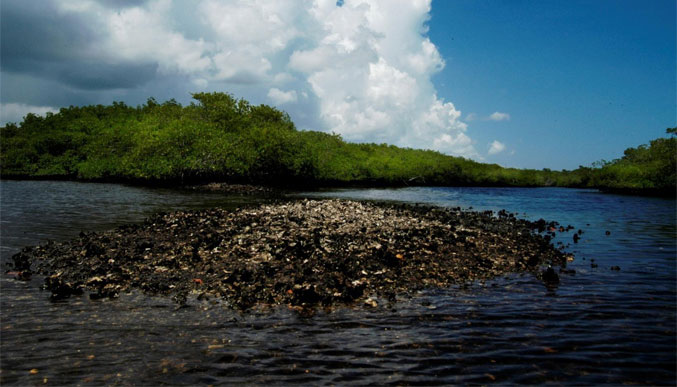
The WildPine Ecological Laboratory is established on the grounds of the facility. Today lab staff oversee environmental compliance testing for the wastewater treatment operations as well as environmental monitoring (e.g., water quality, oysters, seagrass) within the Loxahatchee River.
1992
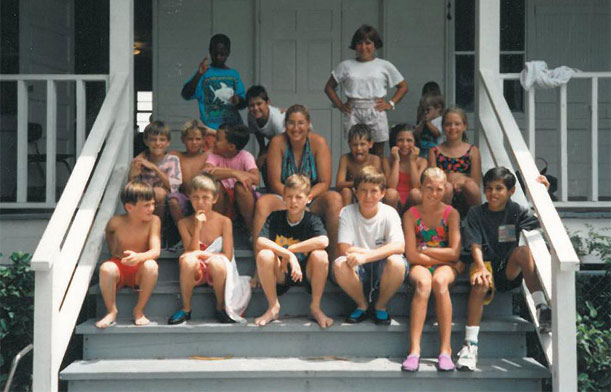
The Jupiter Marine Science Center is created to offer environmental education and volunteer opportunities for the public and local students.
1993
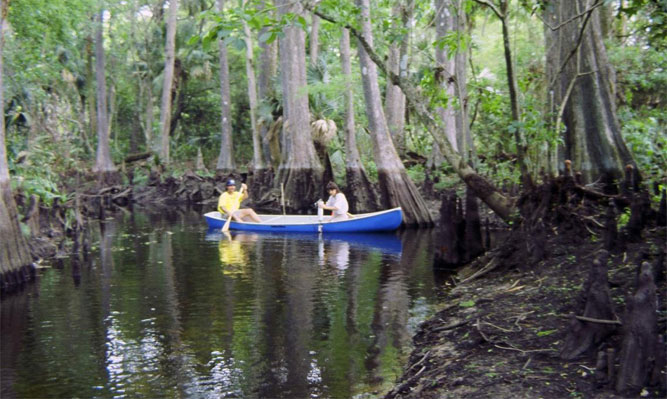
Computer probes are placed in the river to create the first continuous water quality monitoring program.
1995
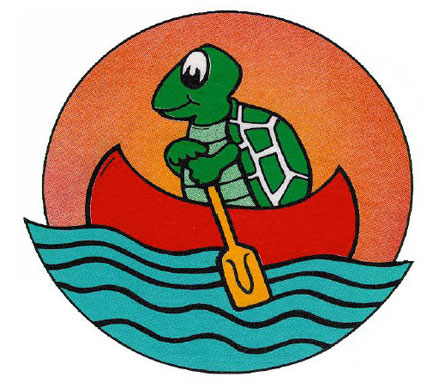
Friends of the Loxahatchee River, a non-profit organization, is founded with the mission to encourage public involvement in river preservation efforts, to offer environmental educational opportunities, and to support aquatic research and restoration efforts.
1995
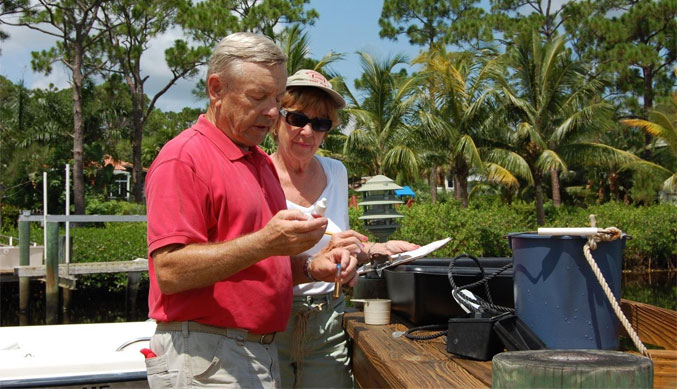
LRD’s Volunteer Water Quality Monitoring Network is established allowing residents to actively participate in water quality monitoring throughout the watershed.
1995
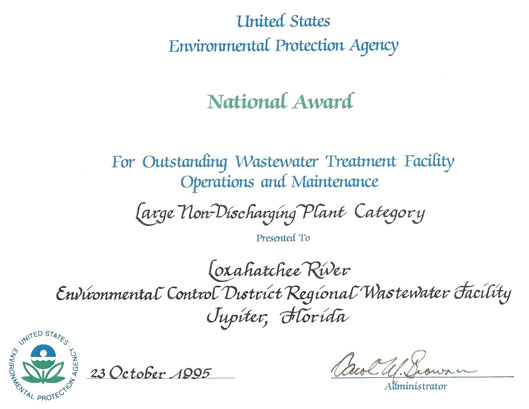
LRD receives EPA’s National Award for Outstanding Wastewater Treatment Facility.
1995
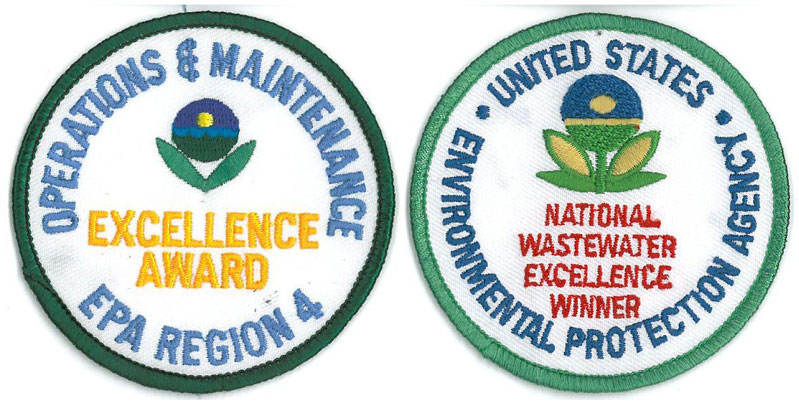
The United States Environmental Protection Agency names the Loxahatchee River District “Best in Nation” for innovative and safe regional wastewater treatment.
1997
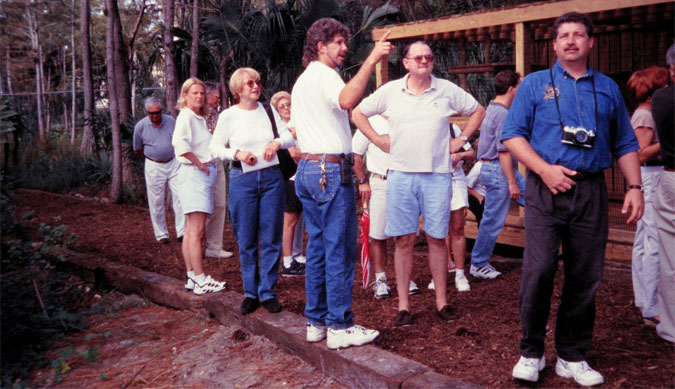
David Hitzig, Executive Director of Busch Wildlife Sanctuary, gives a tour at their Grand Opening following their move to the grounds of the Loxahatchee River District.
2000
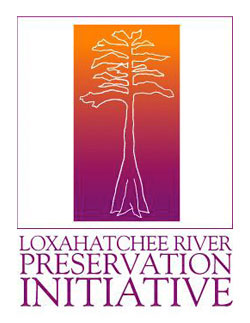
LRD is a founding member of the Loxahatchee River Preservation Initiative (LRPI). Over the next 11 years the LRPI will achieve over $34 million in environmental enhancement projects within the Loxahatchee River watershed!
2002
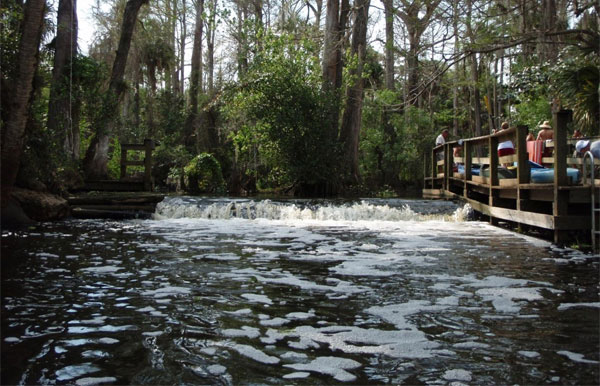
SFWMD determines 35 cubic feet per second as the minimum flow necessary to maintain the integrity of the Northwest Fork of the Loxahatchee River, and establishes a Recovery Plan to meet the minimum flow target.
2006
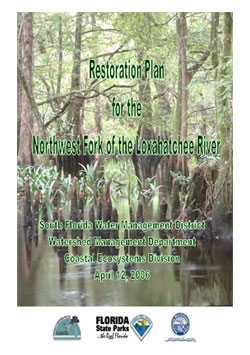
Restoration Plan for the Northwest Fork of the Loxahatchee River is co-authored by LRD.
2007
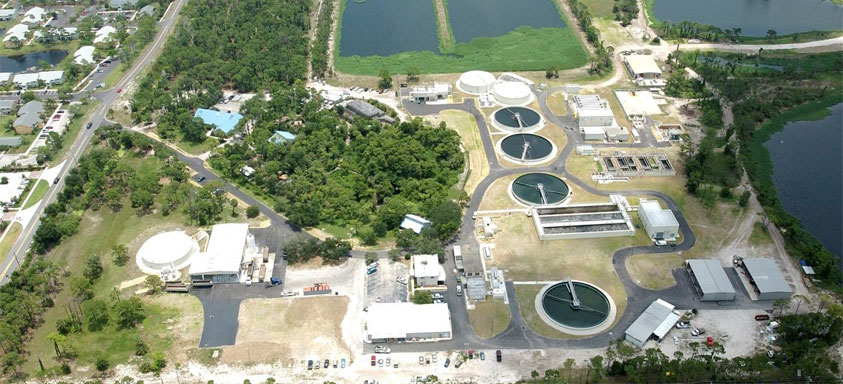
The regional wastewater treatment facility expanded treatment capacity from 9 million gallons a day to 11 million gallons a day. LRD now serves more than 75,000 people in Northern Palm Beach County and southern Martin County.
2008
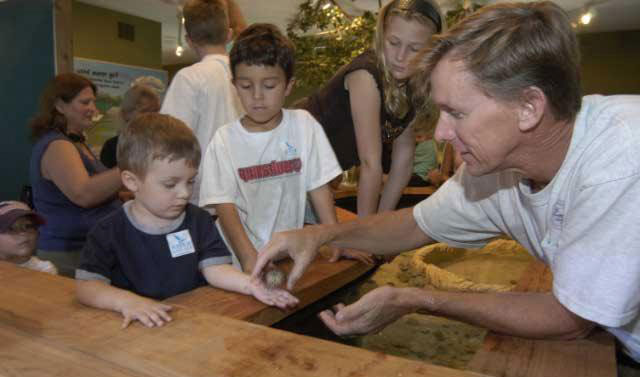
LRD opens the River Center as the first environmental education center dedicated to the Loxahatchee River.
2009
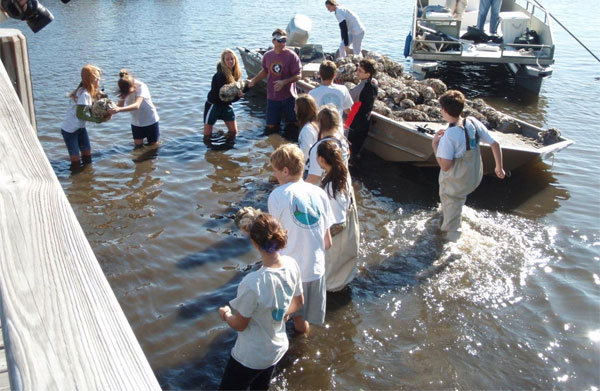
LRD partners with the Nature Conservancy, NOAA, and Jupiter High’s Environmental Academy to conduct a community-based oyster restoration program in the Loxahatchee River estuary.
2010
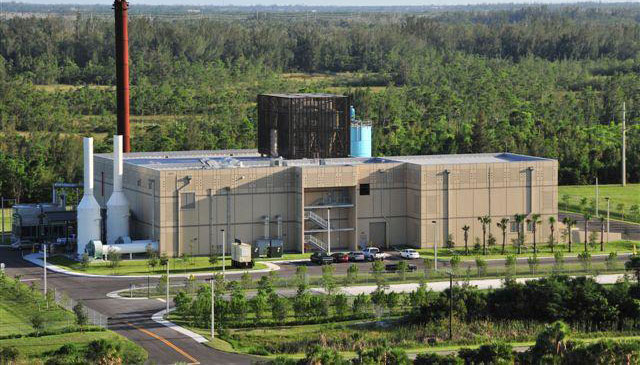
The District recycling efforts are expanded to include a new bio solids recycling program. The facility is co-located with the North County Landfill (Jog Road and the Turnpike), and uses methane gas from the landfill to fuel the recycling process.
2010
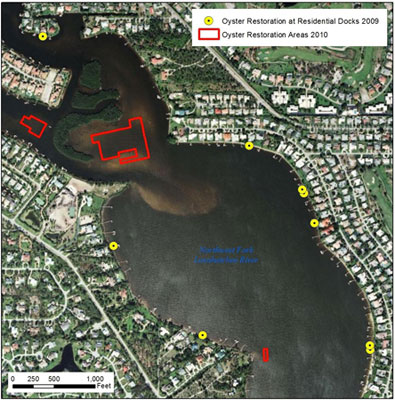
With NOAA funding, Martin County and LRD collaborate to restore nearly 6 acres of oyster reefs in the river.
2011
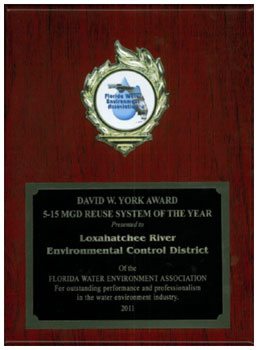
Loxahatchee River District is presented with the David W. York Water Reuse Award from the Florida Department of Environmental Protection and the Florida Water Environment Association. This annual award is given to the best water reuse system state-wide.
2011
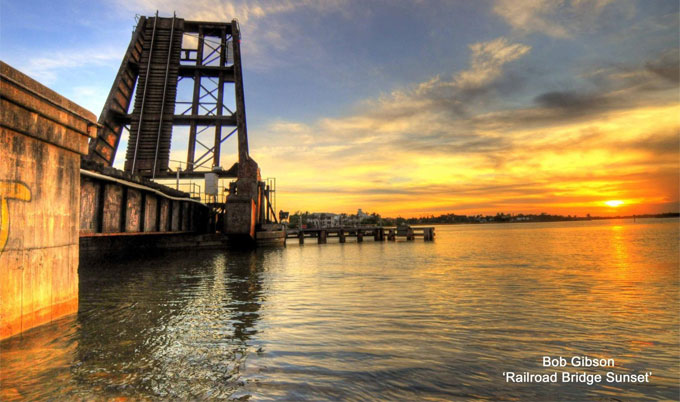
The Loxahatchee River District celebrates 40 years of preserving the Loxahatchee River.
